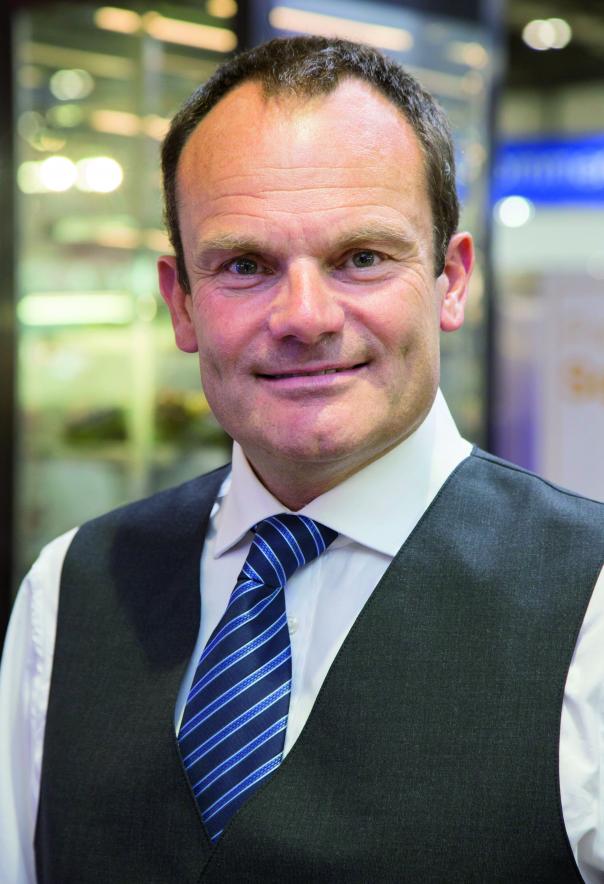
Cost Sector Catering: What are the biggest challenges in the refrigeration sector?
Malcolm Harling: One challenge facing equipment manufacturers has been responding to the demand for decreasing kitchen space in order for establishments to maximise their dining areas. However, the last thing operators want to do is compromise on performance of equipment. That’s why Williams has developed the Small Kitchen range – a choice of refrigeration that is compact but delivers the same high performance as the standard versions. As well as being compact, the range is designed to be as flexible as possible, with many models suiting a variety of applications. By designing equipment that can be used for different tasks, kitchen space can be maximised.
A key driver continues to be energy saving; Williams and other leading refrigeration manufacturers are developing increasingly efficient equipment. As energy costs rise, more operators are realising the importance of running costs as part of the overall investment in catering equipment. In advance of the EUP Directive (Eco Design), due to come into force in 2016, manufacturers will be developing new products focused on minimising consumption. We are investing heavily in R&D to ensure we are ready for the new regulations.
What trends do you see emerging in this sector?
There’s been a big increase in the grab-and-go sector, and we’ve launched a number of new products to meet its changing requirements, including sandwich and pastry display chillers, as well as introducing many new features and options on our popular range of multidecks. The key aspect that quality manufacturers are bringing to the market is the combination of efficient refrigeration and attractive designs.
For some time, there’s been a trend towards bespoke equipment. Many foodservice operators look to reinvent themselves, so we are developing products that can help them achieve this. For example, we’ve developed special display cabinets for upmarket eateries – for wine, pastry and even for hanging meat.
The increase in open, theatre-style kitchens means that specifiers have to focus more on the aesthetics of the refrigeration. So we’ve developed a range of different cladding, finishes and colours to match customer requirements.
What effect has the introduction of the universal infant free school meals (UIFSM) had?
UIFSM created a significant amount of business for us. The downside was that although everyone knew that schools were making plans to upgrade their kitchens, in many cases orders were placed very late in the day. Often, this was not the fault of the school, it was simply one of those things. However, it did mean that we were put under a lot of pressure to meet the time constraints in a short window.
What advice are you offering foodservice operators?
As utility bills increase, we strongly recommend they specify equipment with energy-saving features. For example, refrigeration with ‘intelligent’ control systems, such as Williams’ CoolSmart Controllers, minimise the cabinet’s energy consumption through processes such as fan and heater pulsing, intelligent defrost, and independent management of evaporator and condenser fans. These can cut your refrigerator’s energy costs by up to 15%, all day, every day. We are working with an increasingly diverse range of customers to develop new products that meet an increasingly diverse range of needs.
What’s in the pipeline over the next 12 months?
We will be continuing to develop many products under our Greenlogic initiative to meet the criteria laid out by the soon-to-be-introduced EUP Directive.